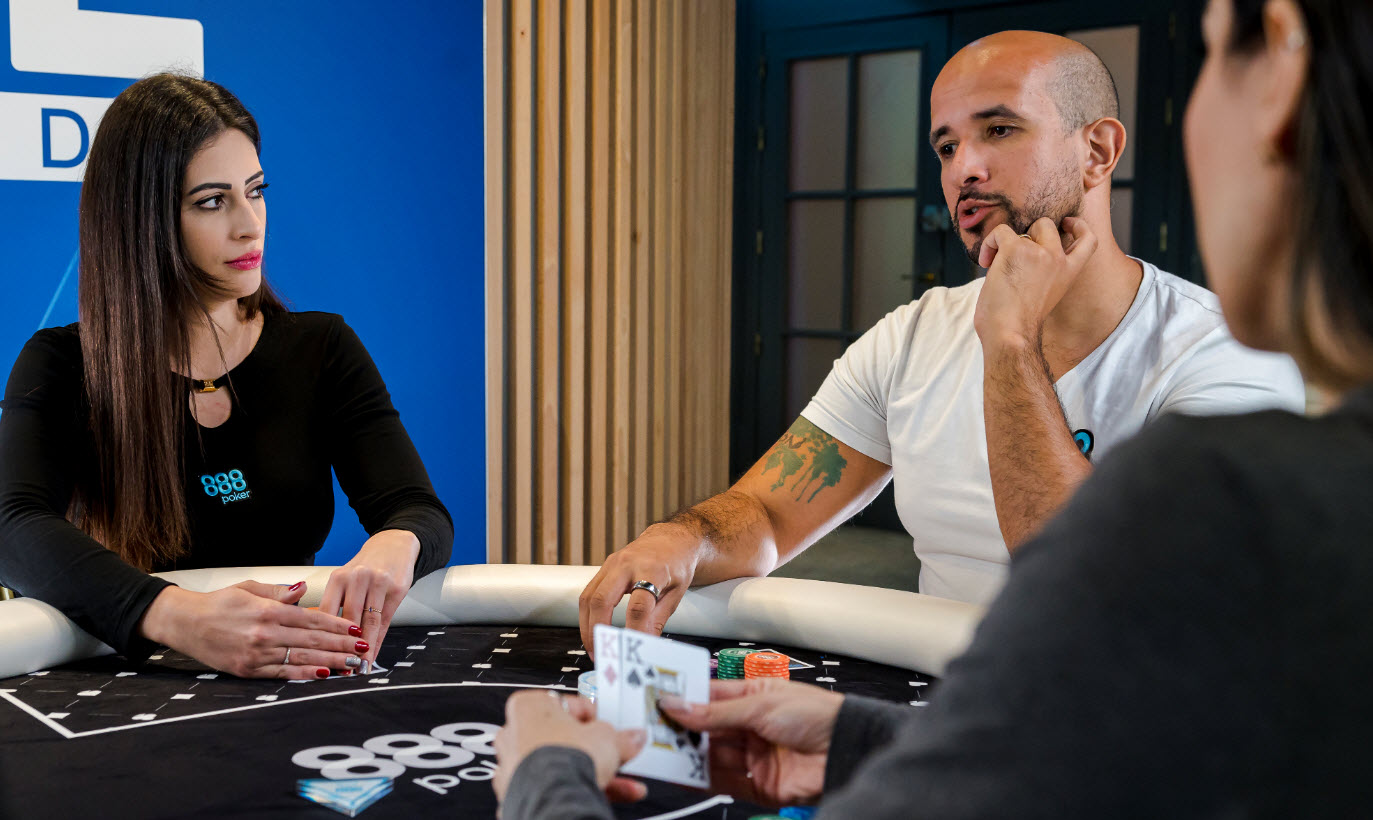Poker is a captivating game of strategy, skill, and intuition that has captivated players for generations. It challenges participants to make calculated decisions based on incomplete information, and the ability to adapt to different scenarios is essential for success. One such scenario that can significantly impact your poker journey is playing in multiway pots. In this article, we will explore the dynamics of multiway scenarios, examine the challenges they present, and provide valuable insights to help you navigate them with confidence.
Multiway scenarios occur when three or more players are involved in a pot. Unlike heads-up situations, where you are facing a single opponent, multiway pots introduce additional variables and complexities. The increased number of players affects the hand ranges, pot odds, and the overall dynamics of the game.
1. Adjusting Your Hand Selection
When playing in multiway scenarios, it is crucial to adjust your starting hand selection. Since there are more players involved, the likelihood of someone holding a strong hand increases. Consequently, you should tighten up your range and focus on playing premium hands that have a higher chance of holding up against multiple opponents. Hands like pocket pairs, suited connectors, and strong broadway cards gain more value in multiway pots.
2. Evaluating Pot Odds
Calculating pot odds becomes even more critical in multiway pots. The larger the pot, the better the odds you need to continue playing. With more players contributing to the pot, it is crucial to have a strong hand or favorable odds to justify your involvement. Be cautious about chasing draws when facing significant bets from multiple opponents, as the potential payoff might not justify the risk.
3. Observing Opponents' Range
In multiway scenarios, accurately estimating your opponents' hand ranges becomes increasingly challenging. With multiple players involved, the range of possible holdings widens. Pay close attention to their actions, betting patterns, and tendencies to gain insights into their likely holdings. Look for clues that indicate strength or weakness, such as bet sizing, timing tells, and posturing. This information will help you make informed decisions and exploit your opponents' weaknesses.

4. Aggression is Key
When facing multiple opponents, aggression can be a powerful tool. Taking the initiative by betting or raising allows you to gain control of the pot and put pressure on your opponents. In multiway pots, players often have marginal hands or draws. By applying aggression, you can force them to fold, reducing the number of opponents and increasing your chances of winning the pot.
5. Positional Awareness
Positional awareness is crucial in all forms of poker, but it becomes even more vital in multiway scenarios. Playing from late position allows you to gather more information about your opponents' actions before making decisions. You can gauge their strength and make more informed choices based on the available information. Conversely, playing out of position in multiway pots can be challenging, as you will be forced to act before most of your opponents, limiting your ability to gather information.
6. Pot Control
In multiway pots, it is crucial to exercise pot control to avoid bloating the pot with a marginal hand. If you have a hand with decent value but suspect that it may not be the best, consider playing passively rather than aggressively. By checking or calling instead of betting or raising, you keep the pot smaller and gain more information from your opponents' subsequent actions. This approach can help you minimize losses and increase your chances of making better-informed decisions on later streets.
7. Reading the Board
Multiway pots often produce complex board textures. It is essential to analyze the community cards and consider how they may have connected with your opponents' ranges. Straight and flush draws become more common, and coordinated boards pose a higher risk of someone holding a strong hand. Be vigilant about potential draws and take them into account when evaluating the strength of your hand. Adjust your bet sizing accordingly to protect your hand or extract value from weaker holdings.
Summary
Playing in multiway scenarios presents unique challenges that require a strategic mindset and adaptability. By adjusting your hand selection, evaluating pot odds, observing your opponents' ranges, and employing the right strategies, you can navigate multiway pots successfully. Remember, multiway scenarios offer opportunities for profit, but they also demand caution and precision. Develop a solid understanding of multiway dynamics, practice your skills, and strive to make the best decisions possible. With time and experience, you can become a formidable player capable of conquering any poker table, regardless of the number of opponents.


